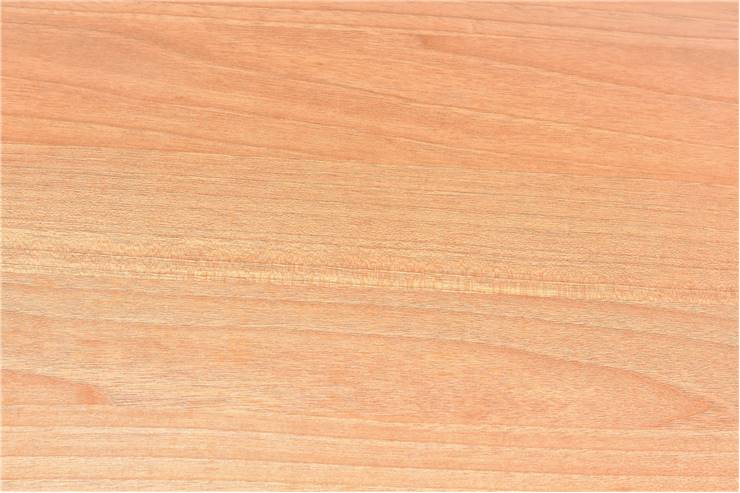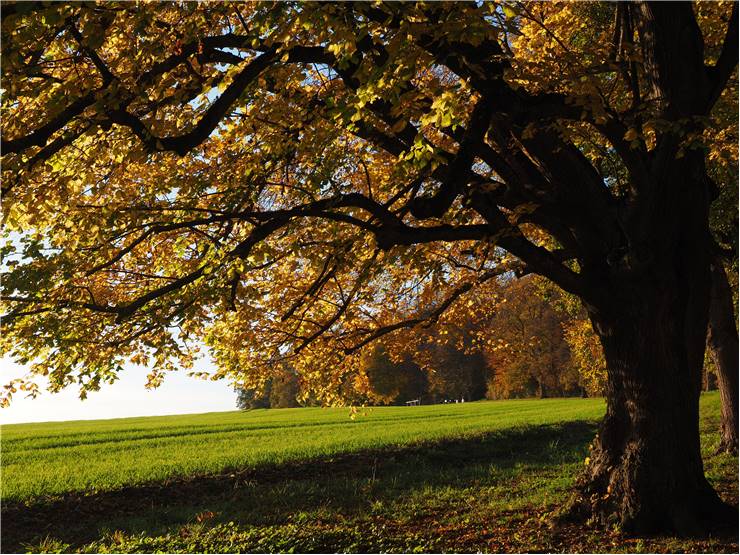Basswood - Characteristics, Benefits and Uses
Tillia, a genus of over 30 species of trees from the subfamily Tilioideae is a type of tree that has originated from temperate parts of the western and northern hemispheres but has managed to achieve large diversity in the comparable territories of Asia, where most of the variations of this tree can be found. It is more commonly known in North America and Europe as basswood, linden and lime tree, even though this tree has nothing to do with the lime fruit.
In territories where it grows, Basswood managed to become one of the most common types of trees in nature, which was helped by this tree's ability to hybridize very quickly, both naturally and in cultivation. Scientists believe that the official count of over 30 Tilia tree species is conservative since new hybrids can form and start spreading fairly easily with each passing decade.
Commercial applications of Basswood are numerous, especially for the application of detailed carving work since the timber of this tree is primarily known to besoft, moldable, with very little grain, low density and easily worked with even most basic carving tools. Since it is light and does not require a lot of effort for cutting, it was one of the lumbers of choice for various applications in Europe up to late medieval times (such as for the creation of lightweight single-handed wooden shields). Today Basswood timber remains in high demand not only to create small art and household items but is also a wood of choice for lightweight window blinds and shutters.
What is Basswood
Basswood is a light, soft, and very easily workable type of wood that has become the lumber of choice for many woodworkers interested in quickly and easily producing lightweight wood products. This odorless and finely grained wood has quickly managed to find its place on the worldwide commercial market, where it is today used not only for larger-scale operations such as the creation of wood pulp, veneer, plywood, musical instruments, and window shutters and blinds but also remains the lumber of choice for woodworkers who wish to carve objects of all sizes, create small and intricate models, puppets and musical instruments.
In almost all of its types, Basswood is a large deciduous tree that can easily reach an impressive size of between 20 to 40 meters (65 to 130 ft) in height and develop oblique-cordate leaves that can grow in sizes between 6 to 20 centimeters across. Its flowers are known to create in an identical way for both male and female parts, making this three family hermaphroditic.
If the conditions are right, Tilia/Basswood treescan live exceptionally long, with the oldest surviving trees being claimed to be around 2000 years old.
In addition to producing excellent wood, Basswood also has many other side benefits, such as medicinal leaves and anexcellent pollen, which bees can transform into some of the best types of honey in the world. Famous Hyblaean Mountains honey is produced using (among other sources) a large amount of linden trees. Its bark is also known worldwide for its internal fiber, which can be extracted after keeping bark in water for a prolonged period. Collected fiber can be used for various purposes, including the weaving of clothing.
Origin
To this day, it is now known where the Tilia tree family originally evolved, although some discoveries led us closer to the solution to this mystery. More precisely, the identical fossils of the ancient Limewood types were found in Norway and Canada, leading some scientists to believe that this type of wood is a common ancestor of all Tilia species in North America and Europe. There is, however, no concrete proof for this claim, with the entire subfamily of Tilioideae continuing to grow with each passing decade with the arrival of new hybrids.
Characteristics
- Tree Size - 65-130 ft (20-40 m) tall
- Trunk diameter - 3-4 ft (1-1.2 m)
- Janka Hardness - 410 lbf (1,824 N)
- Average Dried Weight - 26 lbs/ft3 (415 kg/m3)
- Specific Gravity (Basic, 12% MC) - .32, .42
- Modulus of Rupture - 8,700 lbf/in2 (60.0 MPa)
- Elastic Modulus - 1,460,000 lbf/in2 (10.07 GPa)
- Crushing Strength - 4,730 lbf/in2 (32.6 MPa)
- Shrinkage - Radial: 6.6%, Tangential: 9.3%, Volumetric: 15.8%, T/R Ratio: 1.4
- Odor - None, not even during woodworking.
- Workability - Very easy, with soft and light wood that can be easily carved by hand. Finishing, polishing, and gluing are possible without special treatment of the wood surface. However, it bends poorly using a steaming process and holds nails poorly.
- Texture - Nice and even texture with a moderate natural luster.
- Grain - Very straight and fine grain.
- Sustainability - Widespread trees in North America and Europe. It is not listed on the IUCN Red List of Threatened Species.
- Required growth density - Prefers rich and well-drained soil and moderate moisture in the air. It can grow in both shade and sun, but it thrives in sunlight or partial sunlight.
- Drying - Easy and fast.
- Durability - Very low in outdoor environments. They are rated as non-durable against normal heartwood decay. Finished Basswood products need to be coated to survive for decades.
- Maintenance - Low after polishing and coating.
- Price - Low
Uses
Today, after centuries of use for the creation of smaller household items, the use case of this type of wood has shifted into two categories - commercial and small scale. Basswood is used extensively to produce window shutters and blinds, plywood, veneer, wood pulp, and fiber products for commercial uses. On the other hand, woodworkers worldwide have found Basswood incredibly suited for producing intricate carvings of all sizes, statues, model building, marionette, and puppet making. Additionally, since Basswood has great acoustic qualities, it is also extensively used to create various wind instruments, recorders, guitar and bass guitar bodies, recorders, drum shells, and others. One of the easiest ways to find basswood is in modern aquariums - air pushed through the basswood grain produces consistently fine bubbles.
Here are some of the most popular use case scenarios of Basswood/Tilia/Lime trees:
- Lumber
- Smaller furniture
- Carvings
- Model making
- Marionette and puppet making
- Musical instruments
- Aquarium accessory
- Veneer
- Plywood
- Wood pulp
- Boxes
- Food containers
- Turned items
- Picture frames
- Toys
- Fiber products
- Trim work
- Handles
- And more
Types
Basswood (also known as lime and linden) has more than 30 variations and hybrids. Here are some of the most common ones:
Benefits
In addition to producing one of the most used soft lumbers in the wood processing industry, Basswood is also known for hidden fibers in its bark's structure. Strong fibers can be extracted from basswood y peeling the outer layer of bark and keeping it in water for around a month. After that period, fibers will separate one from another, and they can be harvested and dried up. Archaeologists have found that clothes made from this fiber were in use in the Bronze age, and lime tree fiber is also today used for creating clothing in Japan.
Flowers of Basswood are also well known for their sweetness. While the flowers can be used to create tasteful tea, several other parts of the Basswood tree were found to have various medicinal properties. Wood, leaves, flowers, and wood charcoal all contain various flavonoids (antioxidants), volatile oils, and tannins (which act as an astringent), which can benefit our metabolism. Home remedies made from Basswood and other types of Tilia trees are numerous and can treat the following conditions:
- Coughs
- Colds
- Infections
- Fever
- High blood pressure
- Headache (migraine)
- Inflammation
- Diuretic conditions
- Antispasmodic conditions
- Sedation
- Various respiratory tract conditions
- Liver and gallbladder disorders
- Cellulitis
- Edema or skin infections
- Ulcers of the lower leg
- Possibly has hepatoprotective properties
Finally, the flowers of some double-flowered species of Tillia are used to create perfumes.


